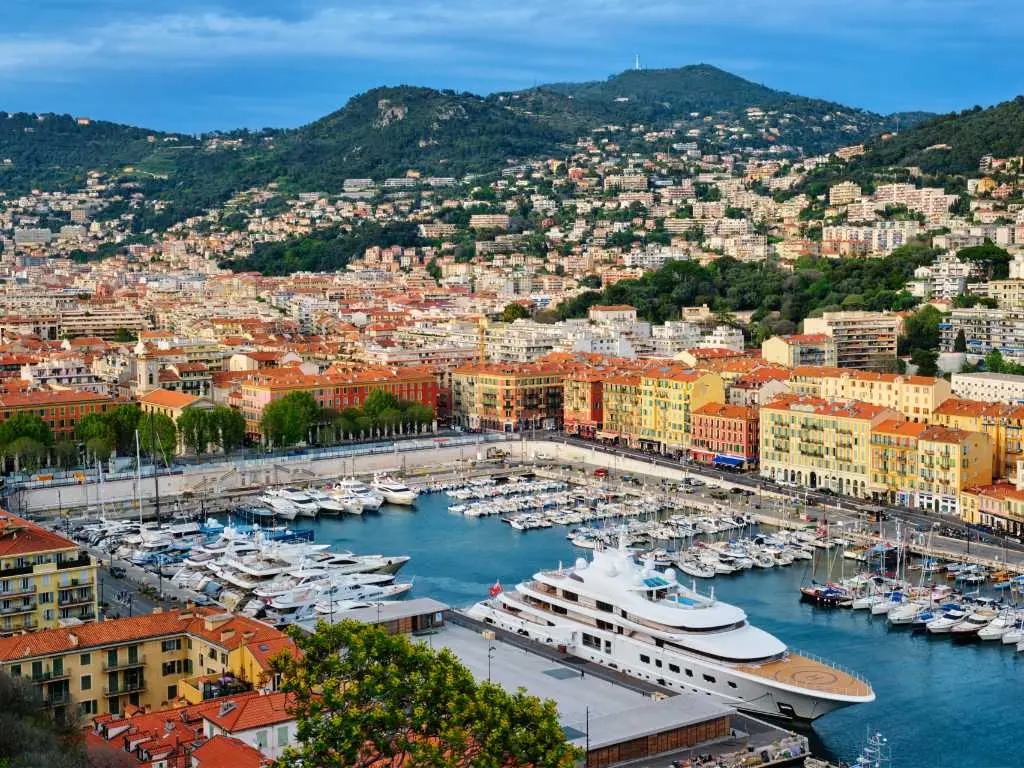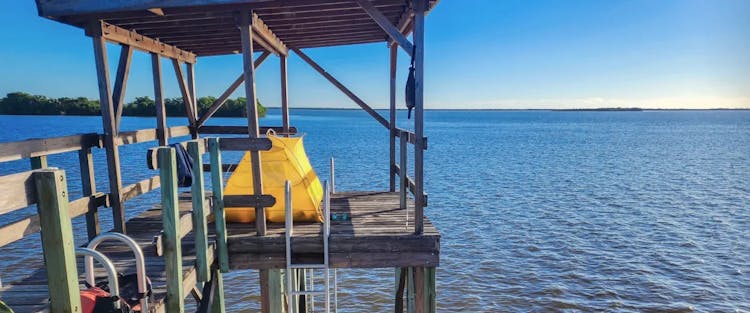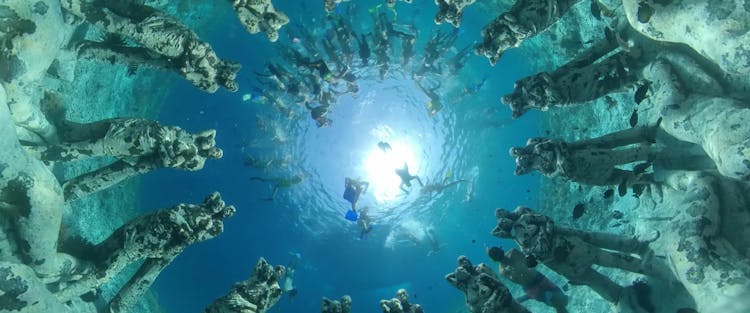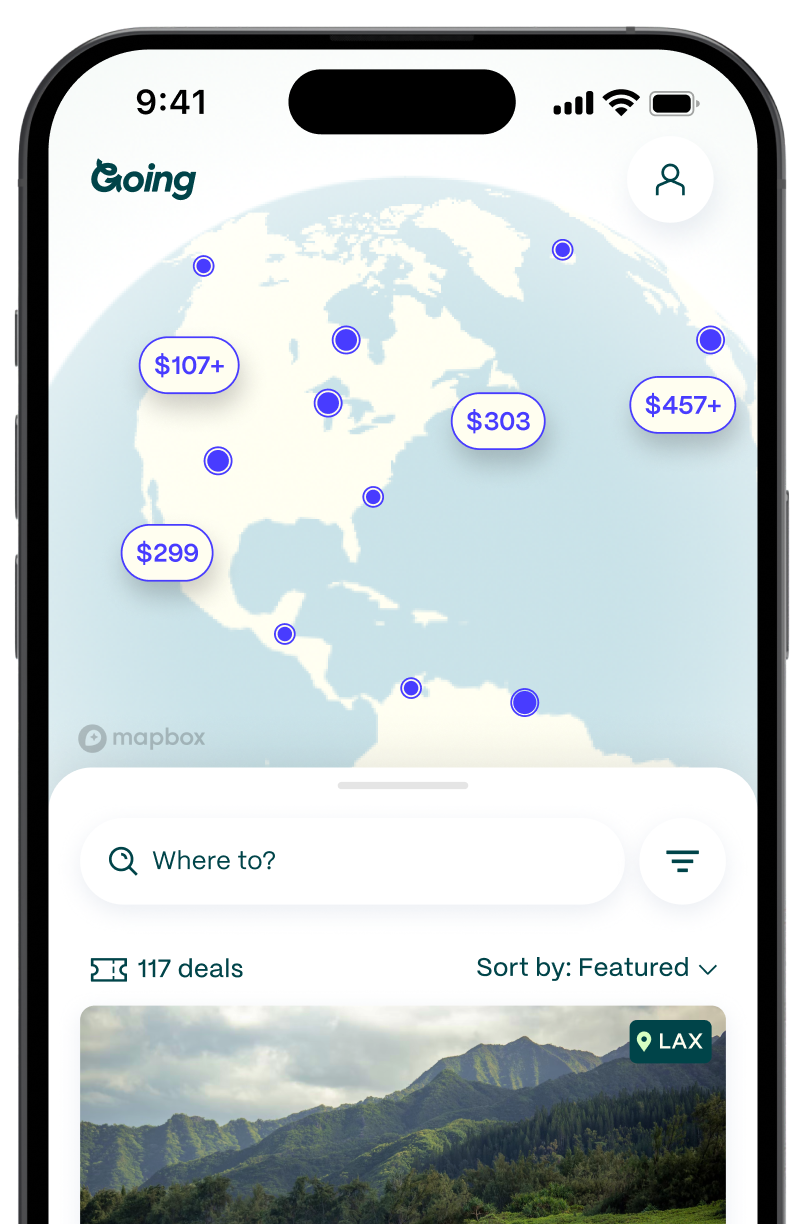
Nice: The French Seaside City Where Royals Go to Play
Founded by a colony of Greek mariners around 350 BCE, the Mediterranean city of Nice has only been part of France since 1860, when the Kingdom of Piedmont-Sardinia (now Italy) ceded it to its neighbor.
The arrival of the railway in 1864 contributed to the city’s current reputation as a stylish holiday destination, luring aristocrats and artists during winter to Nice’s mild climate and sunny skies hemmed between the snow-capped Alps and the Mediterranean Sea.
Italian flair and baroque and belle époque buildings remain as a reminder of the city’s past and mingle with beach clubs, modern museums, and even Roman ruins. A UNESCO World Heritage site since 2021, Nice still knows how to wow a crowd thanks to its lively dining scene, blow-out festivals, and the glittering French Riviera lifestyle coveted the world over.
Aristocrats and architecture

During the 1and early 20th centuries, Nice grew popular as a winter escape for European aristocrats, including England’s Queen Victoria.
To make themselves feel more at home, the nobles had ornate and grand abodes built. Today, gorgeous examples remain to ogle. There’s the Villa Masséna on the Promenade des Anglais, now a museum tracing the history of Nice. The beautiful Beaux Arts Museum was once a private palace built in 1878 by princess Elizaveta Vasilievna Kochubey. Or you can sleep like royalty at the completely renovated Boscolo hotel. Don’t miss the city views from the rooftop pool, and superb Italian cuisine at the hotel’s restaurant, Genesi.
Check out the Cimiez neighborhood, where several grand hotels and villas (mostly now apartment buildings) were built. You’ll also find a neo-Byzantine-style Franciscan monastery, as well as ruins of an ancient amphitheater and thermal baths, likely built between the 1st and 3rd century and part of what was once the Roman city of Cemenelum.
Let’s speak Nice

French is the official language spoken in Nice, of course, and English is widely spoken in tourist sectors. But between the 12th and 14th centuries, the standard literary language and language of the roaming Troubadours in west and southern France was Occitan (Langue d’Oc), often referred to as Provençal.
Niçard, also known as Nissart, is a sub-dialect of Provençal and was widely spoken in Nice and its surrounding villages. Walk around the Old Town and you’ll see street signs written in both French and Nissart. FYI: "Nissa la Bella" (Nice the Beautiful) is the unofficial anthem of the city of Nice. It is written in Niçard. Read the lyrics here.
Old Town charm

Wandering the picturesque neighborhood of Old Nice, or Vieille Ville as it’s called, is a must. Built around the 13th century, the oldest quarter of Nice boasts varied architectural styles. Tall tenement buildings and baroque churches in hues of yellow and terracotta line narrow tightly packed lanes and squares that brim with restaurants, lively bars, galleries, and shops.
The Cathedral of Saint Reparate sits at the edge of pretty Place Rossetti, home to Nice’s favorite ice cream spot, Fenocchio. Visitors will also find the Cours Saleya market (unfurling here since 1861), where florists and produce vendors sell their wares under striped awnings. It's open every day except Mondays. At the eastern end of the market is the neoclassical Palais Cais de Pierlas, where artist Henri Matisse lived and worked in an apartment from 1921-1938. On the northern side is a baroque masterpiece Chapelle de la Miséricorde, built in the mid-18th century, and now a national monument. To dive a little deeper, take a free walking tour of Old Town.
Carnival
As far as Carnival goes, Brazil, Venice, and New Orleans get a lot of deserved love. But Nice’s biggest event is also one of the largest carnivals in the world, attracting more than a million tourists each February.
The Nice Carnival has been held for more than 150 years, and is marked by day and evening events as well as parades along the Prom, including the beloved Light Parade and the Bataille de Fleurs, with floats decked out in blooms and riders tossing flowers to the cheering crowds.
A ‘Carnival King’ (a giant papier mâché figure) heralds the start of Carnival in Place Masséna and presides over the 15-day event until he’s burned in the sea on the last night. Just be sure to plan ahead as many events are ticketed (and do sell out) and hotels book up quickly during this time.
Wanna go to the Prom?

Nice’s most famous avenue, the Promenade des Anglais is called “le Prom” by locals and a walk, run, or lounge here is essential. This paved pathway skirts the Baie des Anges (Bay of Angels) and stretches more than four miles (seven kilometers).
The Prom gets its name from the English aristocrats who frequented Nice during the 18th century. The upper crust was big on strolling, so this seaside saunter was funded and built by the English to accommodate them. It’s one of Nice’s most popular attractions where thousands of runners, walkers, and sunset lovers go every day.
Nice’s Carnival and other events unfurl here too, and it is lined with swanky hotels, such as the legendary Negresco, as well as seasonal beach clubs, such as Blue Beach and Castel Plage, where visitors can dine on local seafood or lounge on the pebbly shores.
Tip: For stunning views of the old town, the sea, and the entire stretch of the Prom, climb up to Castle Hill.
Art in abundance
Renowned painters and sculptors looking for their geographical muse understandably found inspiration in Nice. Several museums are dedicated to these masters including the Musée Matisse and Musée National Marc Chagall.
Pierre-Auguste Renoir lived and painted out his final days in a stone home, now the Musée Renoir, in nearby Cagnes-sur-Mer, while a seafront castle in Antibes was once the studio of Pablo Picasso and is now the first-ever museum dedicated to the artist’s work. The Museum of Contemporary Art (MAMAC) is also worth a visit, as is the charming Lascaris Palace, a posh mansion that now houses an extensive collection of vintage instruments.
Tip: Some museums close on Mondays and Tuesdays, as well as on certain holidays throughout the year.
Wine in the city

Wine in France is no surprise, and several prestigious vineyards are within striking distance of Nice, including those of Bandol, Cassis, and the Côtes de Provence. But did you know that Nice has its own petit wine region? Bonjour Bellet!
The small appellation, one of the oldest AOCs in France (established in 1941), Bellet has a long history of winemaking. The first vines were planted in the area by the Phocaeans who founded Marseille and Nice. Located in the hills around Nice, Bellet has a handful of family producers creating red, white, and rosé wine on steep vineyards cooled by the Mediterranean Sea and the Maritime Alps. Château de Crémat has guided visits and tastings at its bright red castle, as does Château de Bellet, open all year long. Prefer to leave the driving to others? Sign up for a half-day tour.
Train trippin’!
Visitors are spoiled for choice when it comes to day trips from Nice, where its three train stations (Ville, Riquier, and Saint-Augustin) not only link the city to other parts of France, but also to scenic villages and towns along the French Riviera. Trains are efficient, frequent, and have heat in the winter and AC in the summer, though beware: in July and August, it can be standing room only aboard.
In less than an hour you can be sipping rosé with your toes in the sand or shopping at an Italian market. Some popular choices include Antibes, home to the Picasso Museum, a charming old town, and private beach clubs such as the ones on Plage de la Garoupe.
The swanky principality of Monaco is full of haute-couture shopping, a royal palace once home to American actress Grace Kelly, and a constellation of Michelin-star restaurants. On the Italian border sits the medieval village of Menton, with its lovely gardens and a zesty lemon festival that unfurls each February. Fancy some authentic gelato? Ventimiglia, the first town over the border in Italy, is just about an hour from Nice by train. Don’t miss the massive outdoor market held every Friday.
Nice to eat you

As Nice is part of Provençe, the cuisine is characterized by zesty herbs, pungent olive oil, fresh and seasonal vegetables, and meat and seafood—all grown in the year-round sunshine and sourced locally. But Nice’s proximity and historic ties to Italy have influenced local tastes too, which means fresh pasta and other Italian specialties are benissimo! Try some of the best at Chez Acchiardo, run by the Acchiardo family since 1927.
One of the most famous of Nice’s local eats is socca, a savory crispy crepe made from chickpea flour, olive oil, water, and salt. Cooked on a round, flat pan at high heat, socca is usually cut into triangles, sprinkled with black pepper, and eaten warm. Try it at the Chez Theresa outpost at the Cours Saleya market (where hot pans are brought by bicycle from the restaurant). Or check out Chez Pipo, serving socca since 1923 (and now also in Terminal 1 at Nice’s airport).
Other local bites to try include pissaladière (an open-faced tart of caramelized onions, anchovies, and olives); tourte de blette (swiss chard tart); pan bagnat (tuna, egg, and vegetable sandwich, bathed in lots of olive oil), and petit farcis (small stuffed zucchini squash, peppers, and tomatoes often filled with Italian sausage stuffing). Bring a taste of Nice home by signing up for a local cooking class!
Join Going for cheap flights to Nice and around the world.
Read about more destinations in France:
Published October 26, 2023
Last updated December 19, 2023









